Bodybuilding is an intense sport where athletes push their bodies to the limit to develop massive muscle mass, definition, and symmetry. An essential component of bodybuilding competitions is the classification of competitors into specific weight categories. These bodybuilder weight classes ensure that athletes compete against others of similar size, promoting fair competition and showcasing physique development at every level.
In this article, we’ll explore the different bodybuilding weight categories across various competitions, with a focus on men’s bodybuilding weight classes and the significance of open bodybuilding weight classes.
What Are Bodybuilder Weight Classes?
Bodybuilder weight classes are divisions that group competitors based on their body weight. These classes exist to provide fair competition, allowing athletes of similar size to compete. Without weight classes, the sport would be dominated by the heaviest bodybuilders, leaving lighter athletes at a disadvantage.
Weight class categories help to highlight different aspects of physique development, including muscle density, symmetry, and definition. The structure of weight classes differs slightly across various organizations, but most follow a similar pattern of classifications.
The Structure of Men’s Bodybuilding Weight Classes
In most bodybuilding competitions, especially those governed by organizations like the IFBB (International Federation of Bodybuilding and Fitness), men’s bodybuilding weight classes are divided by weight and height. Typically, men’s divisions are broken down into lightweight, middleweight, and heavyweight categories.
-
Lightweight Bodybuilders: These athletes typically weigh up to 175 pounds. Despite being in the light category, these bodybuilders still display exceptional muscle development and definition.
-
Middleweight Bodybuilders: This category generally includes competitors who weigh between 176-210 pounds. Bodybuilders in this class are known for a balance of size and muscle definition, showing strength without reaching the extremes of the heavyweight category.
-
Heavyweight Bodybuilders: Competitors in this category often weigh 211 pounds or more. Heavyweights typically have the largest muscle mass, and their development is focused on sheer size and strength.
These men's bodybuilding weight classes ensure that each competitor is evaluated based on their conditioning and muscle size relative to others in their weight range, rather than comparing vastly different body types.
The Open Bodybuilding Weight Classes
In contrast to categorized weight classes, open bodybuilding weight classes are more inclusive and allow athletes of all weights to compete against one another in the same class. The open class is the most prestigious division in bodybuilding competitions, where the top bodybuilders from every weight class compete for the overall title.
While the open bodybuilding weight class doesn’t impose weight restrictions, competitors are still judged on the same criteria: size, muscle symmetry, conditioning, and presentation. The champions in this category are often the most massive and well-defined bodybuilders in the world.
Key Differences Between Weight Classes
-
Competition Level: The lighter classes generally have a higher number of participants, as many bodybuilders in the lower weight ranges have a solid foundation of muscle but are limited by genetics or time spent in the sport. The open class, however, is dominated by athletes who have dedicated years to intense training and nutrition to build muscle mass to compete at the highest level.
-
Focus Areas: Lighter competitors in specific weight categories might focus more on definition and muscle separation, while heavier competitors often emphasize bulk and size, sometimes sacrificing the level of muscle definition that lighter competitors achieve.
-
Judging Criteria: Across all bodybuilding weight categories, the judging is similar, focusing on muscle size, symmetry, definition, and overall conditioning. However, the expectations change slightly based on the weight category, with heavier bodybuilders having to display both size and clarity, while lighter bodybuilders focus more on muscle definition and proportion.
Conclusion
Bodybuilder weight classes are an essential part of bodybuilding competitions, ensuring that athletes are competing on a level playing field. The men’s bodybuilding weight classes allow athletes to showcase their physique in the best possible light, while the open bodybuilding weight classes challenge bodybuilders to compete without restrictions on size. Each weight class plays a crucial role in recognizing different strengths in the sport, whether it’s muscle definition or sheer mass, ensuring fair competition for all athletes.



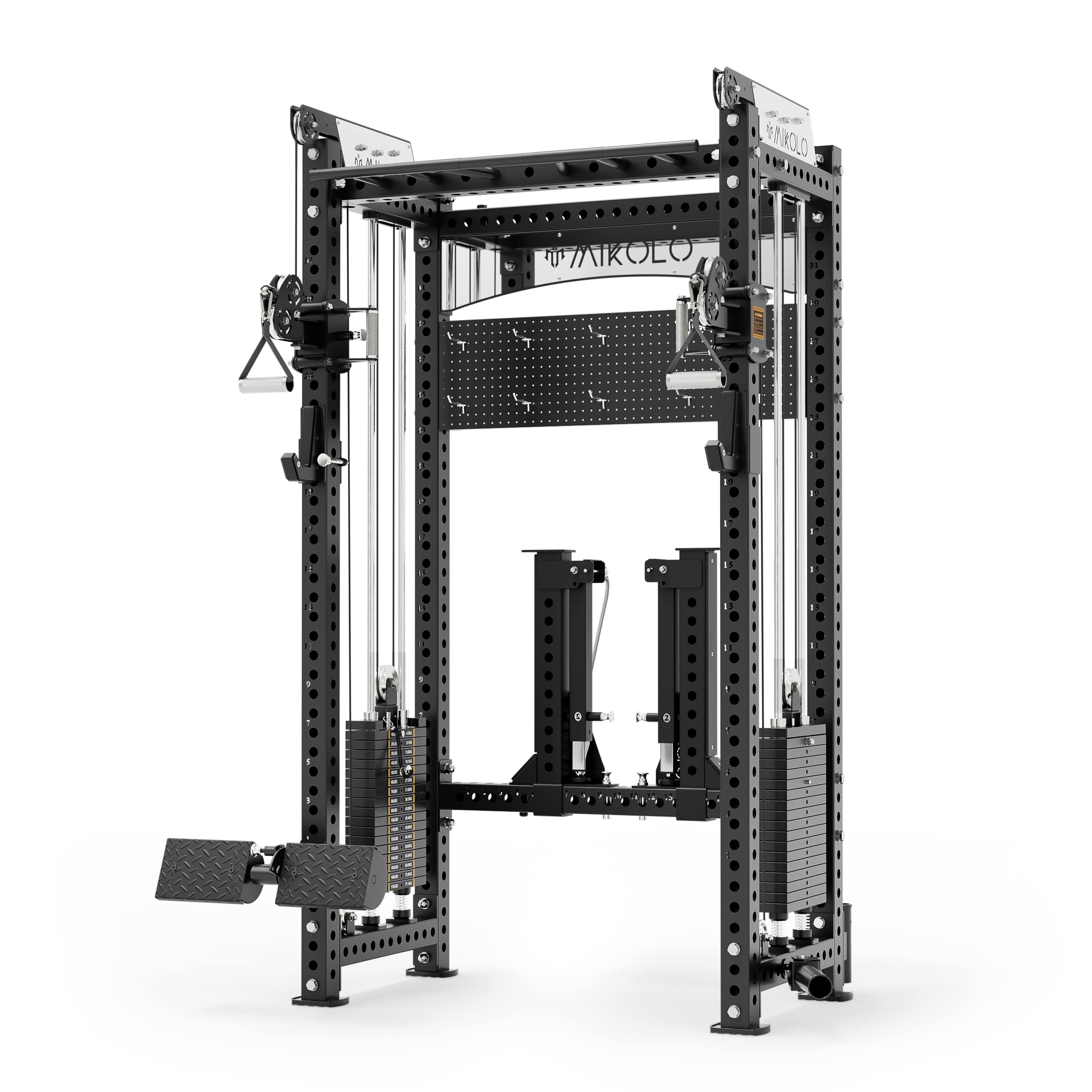

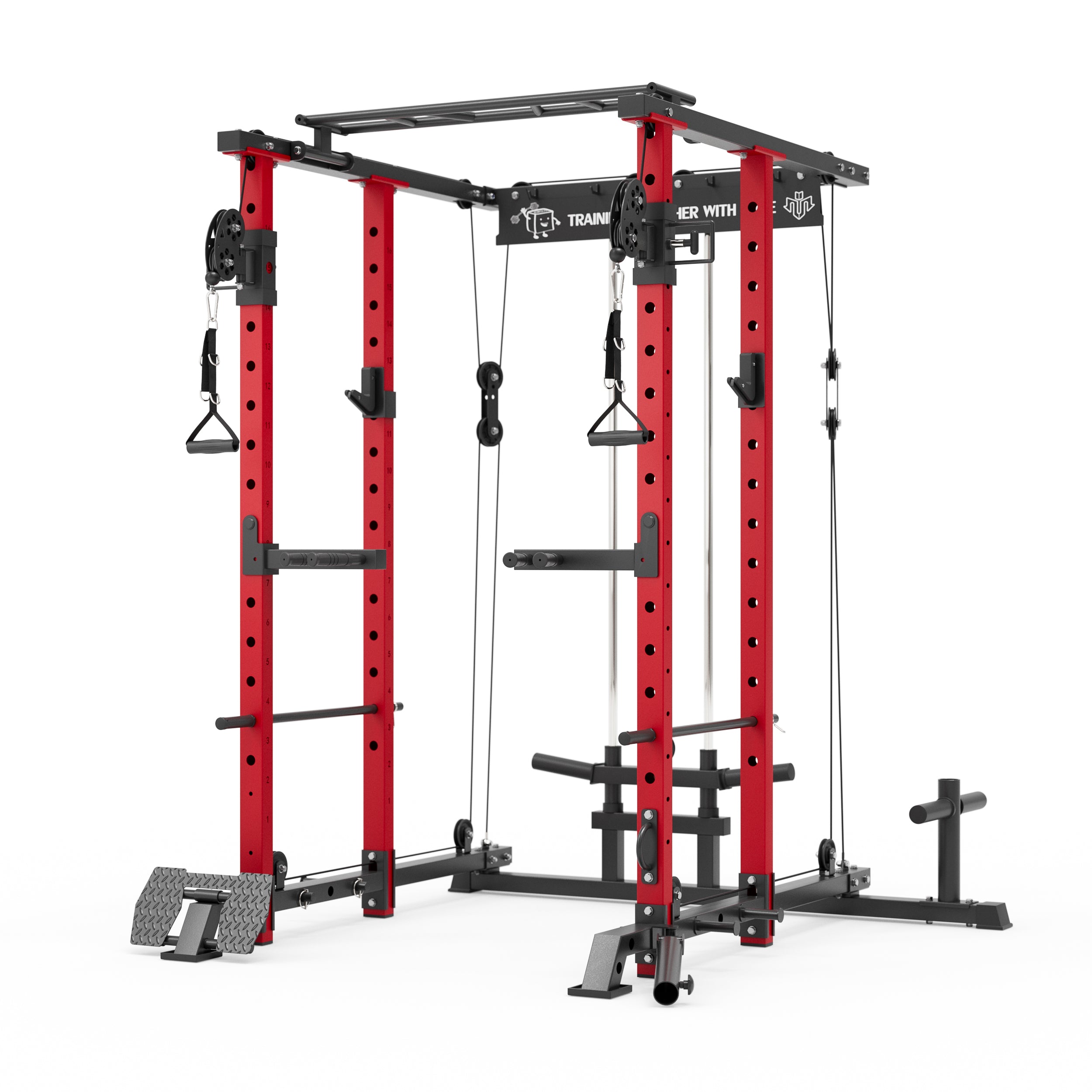



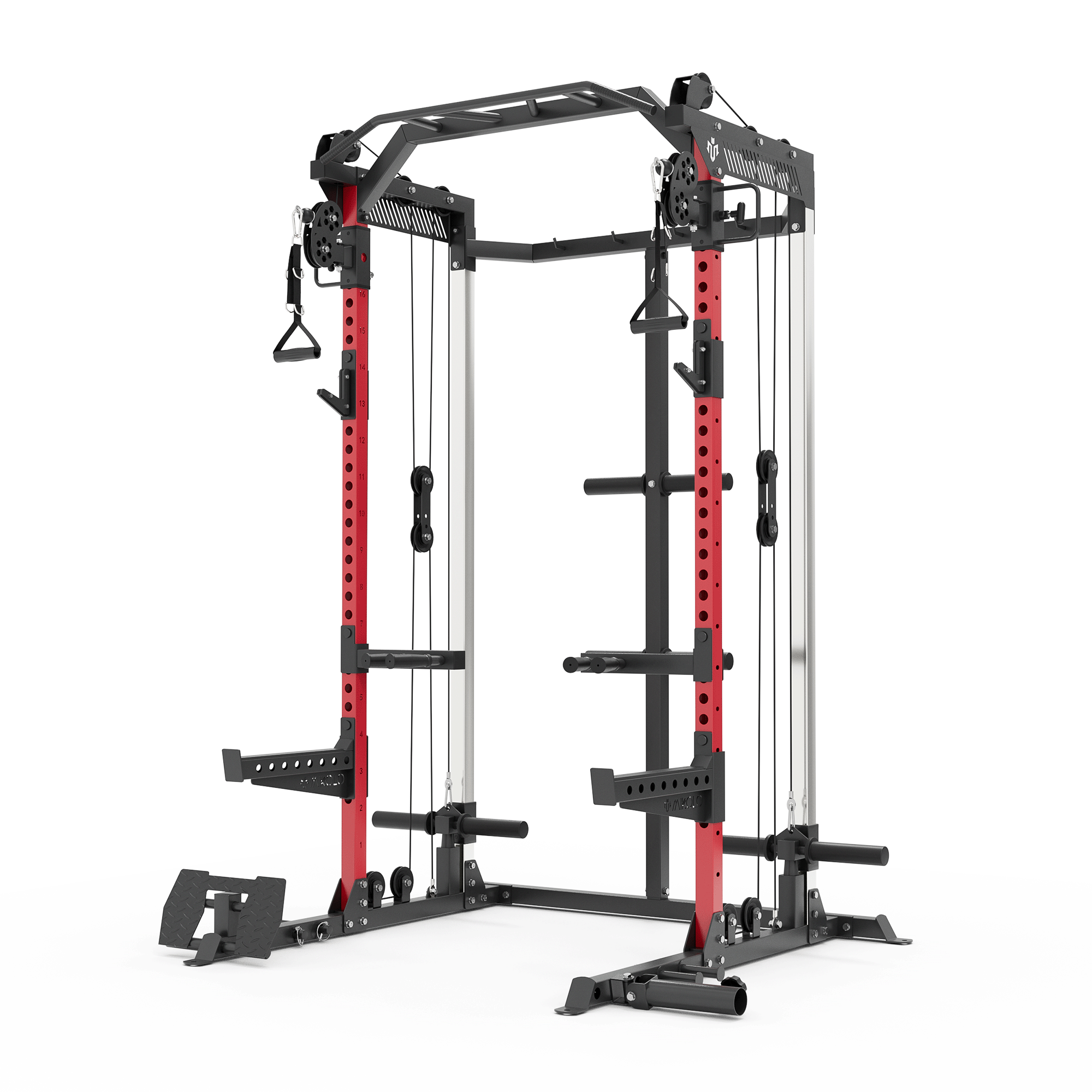
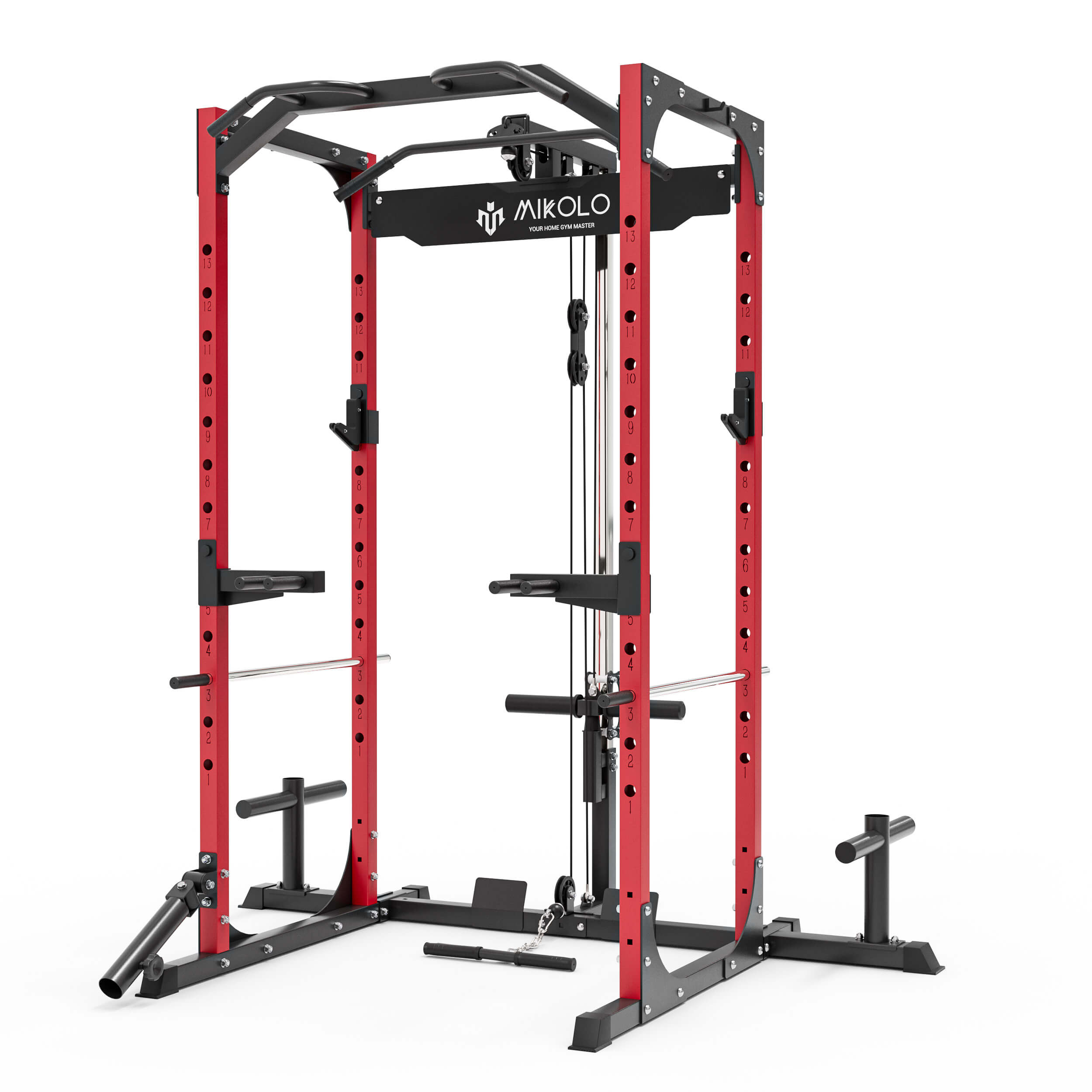




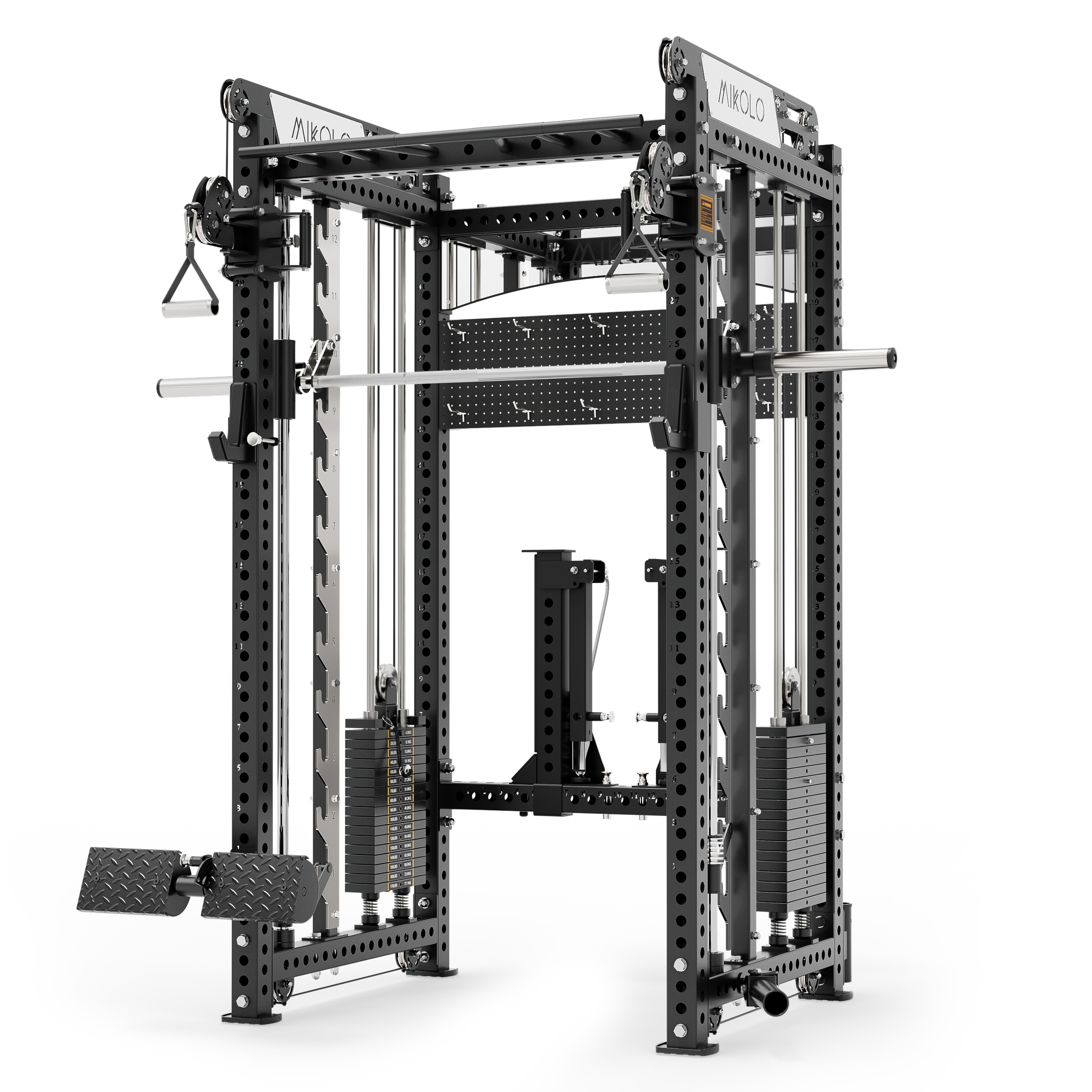

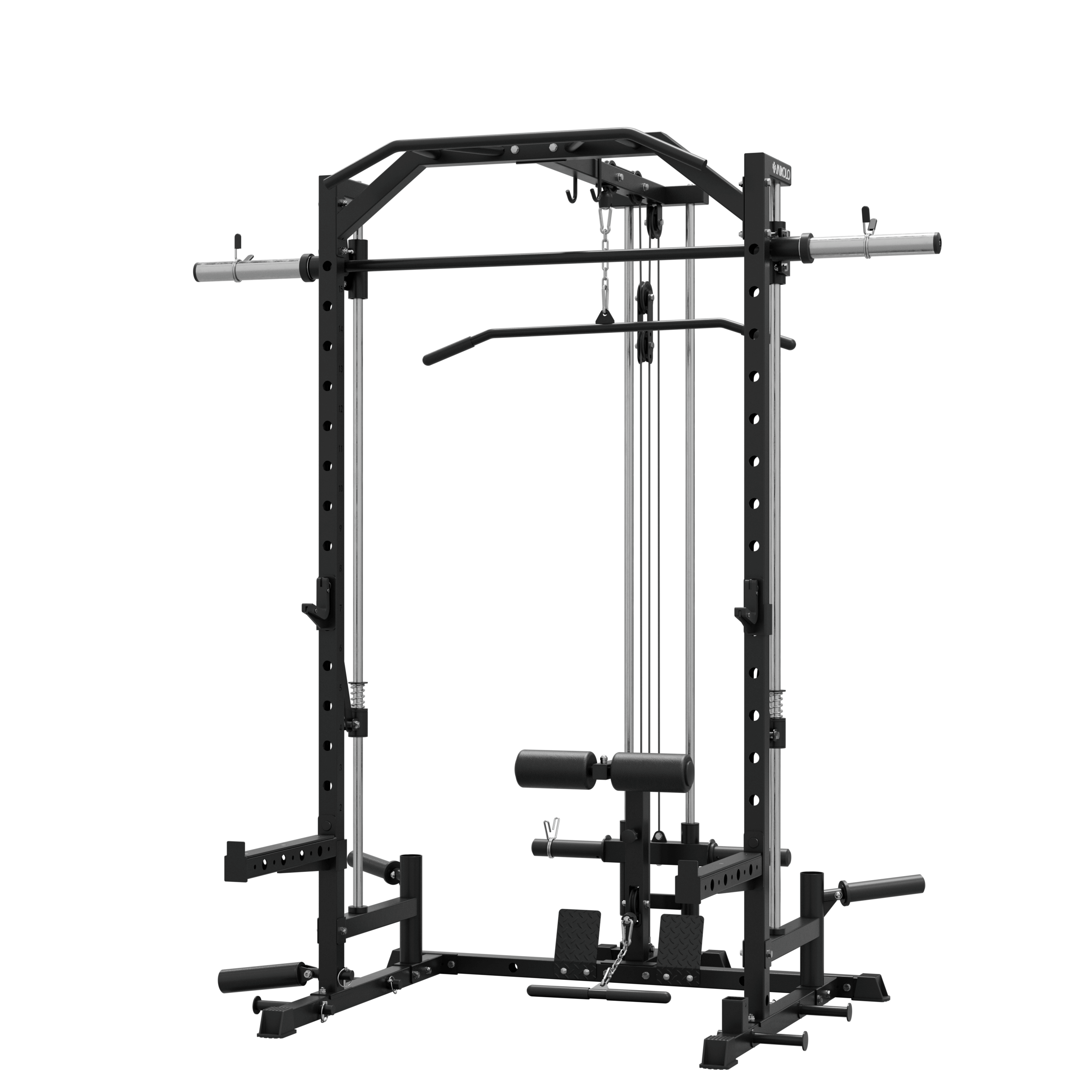
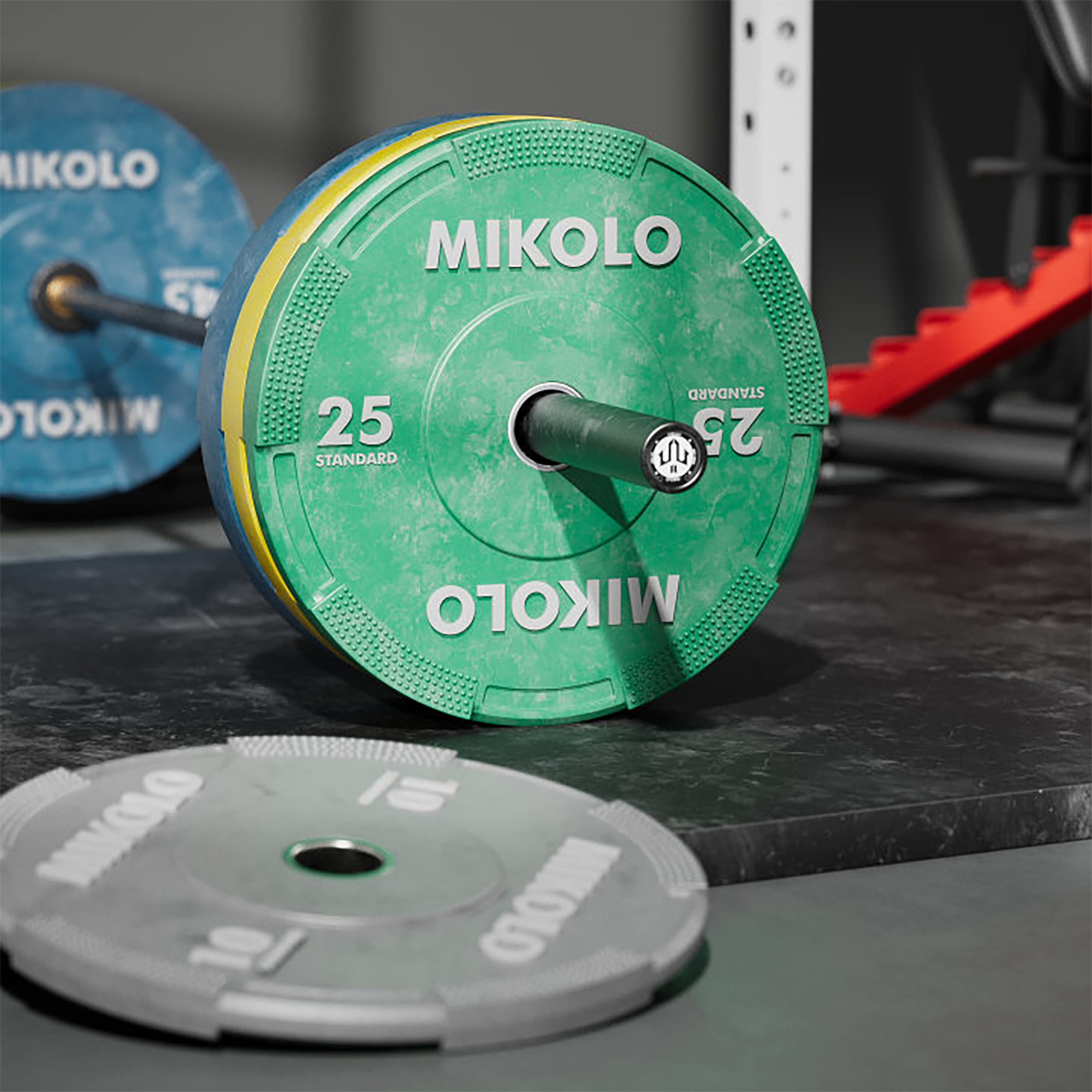
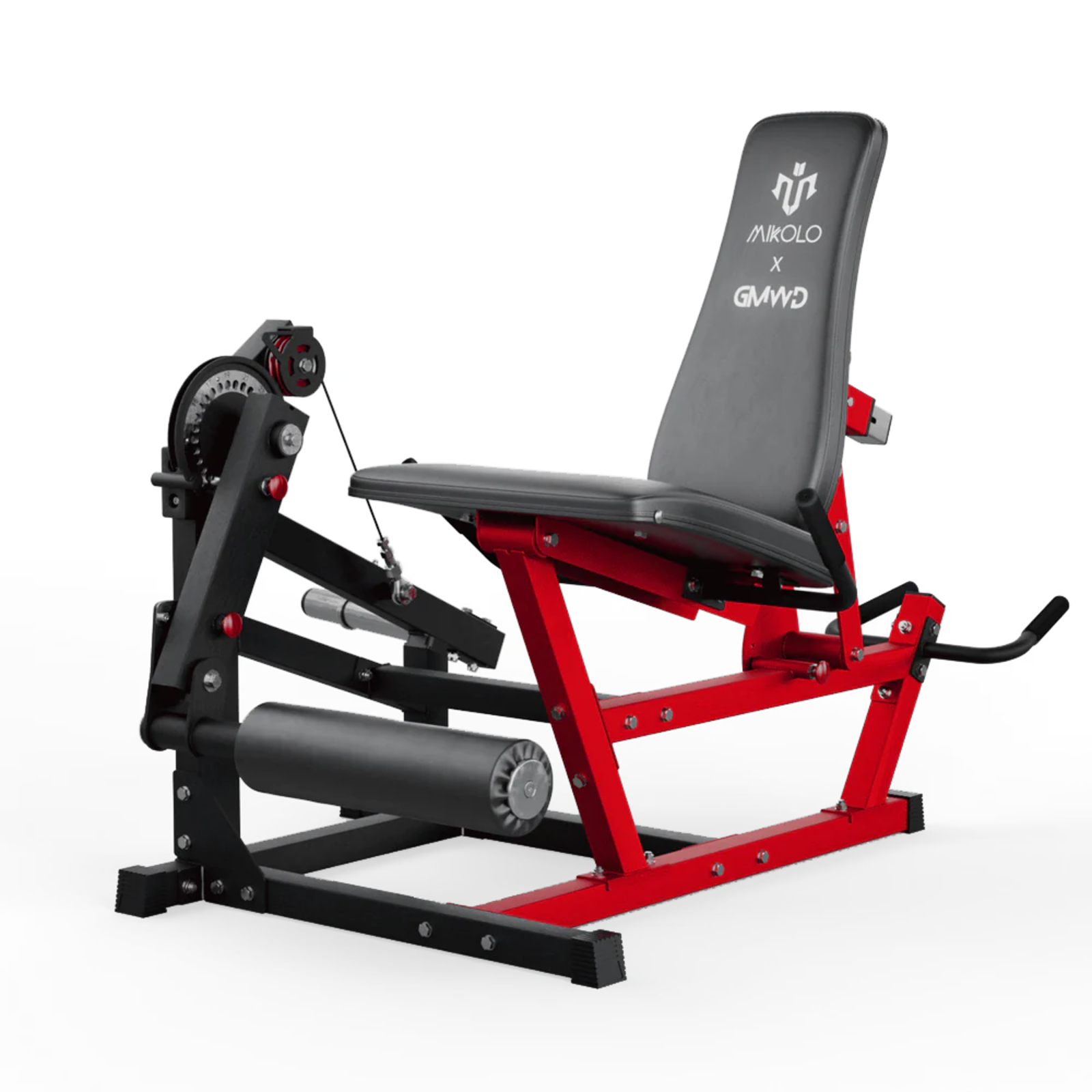

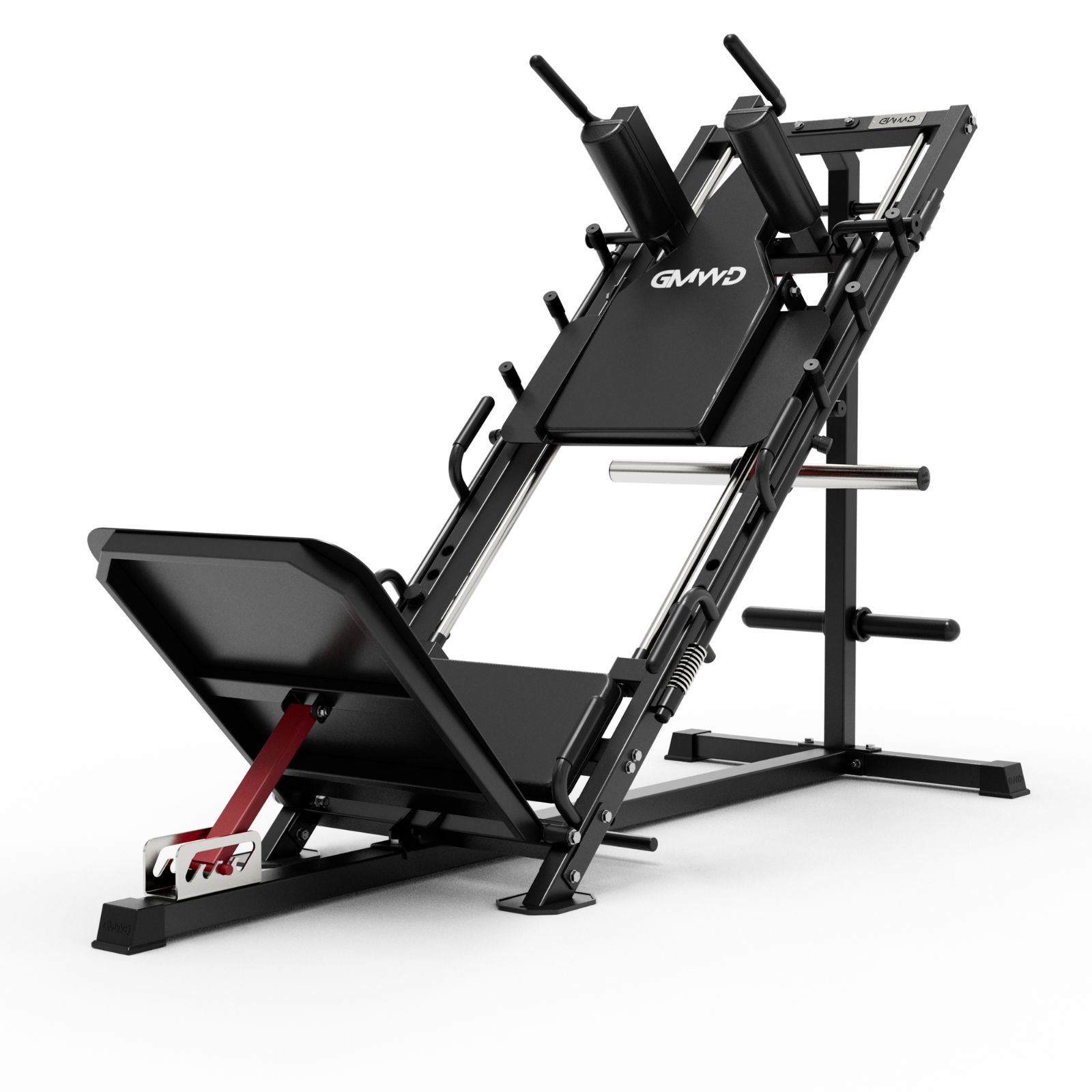



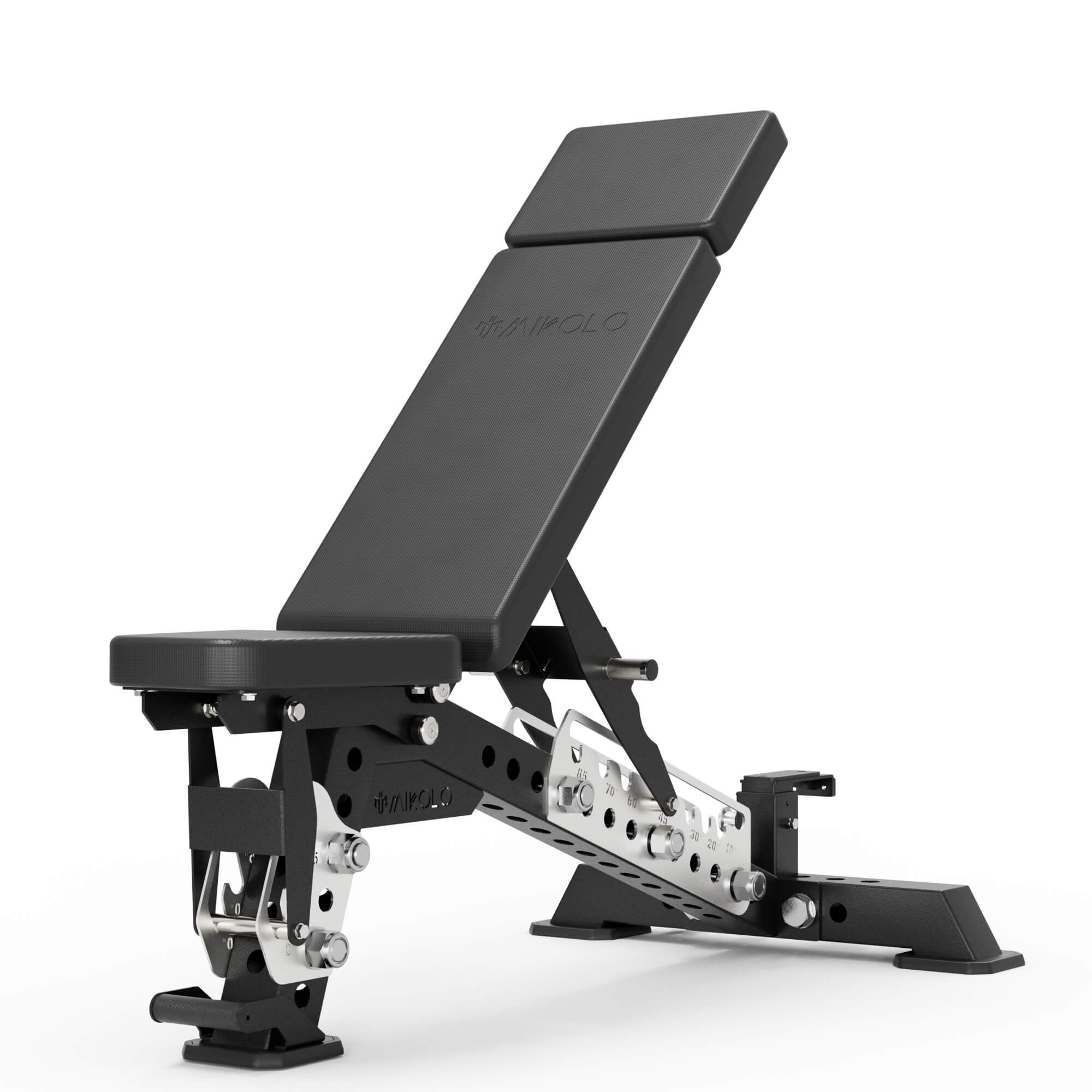
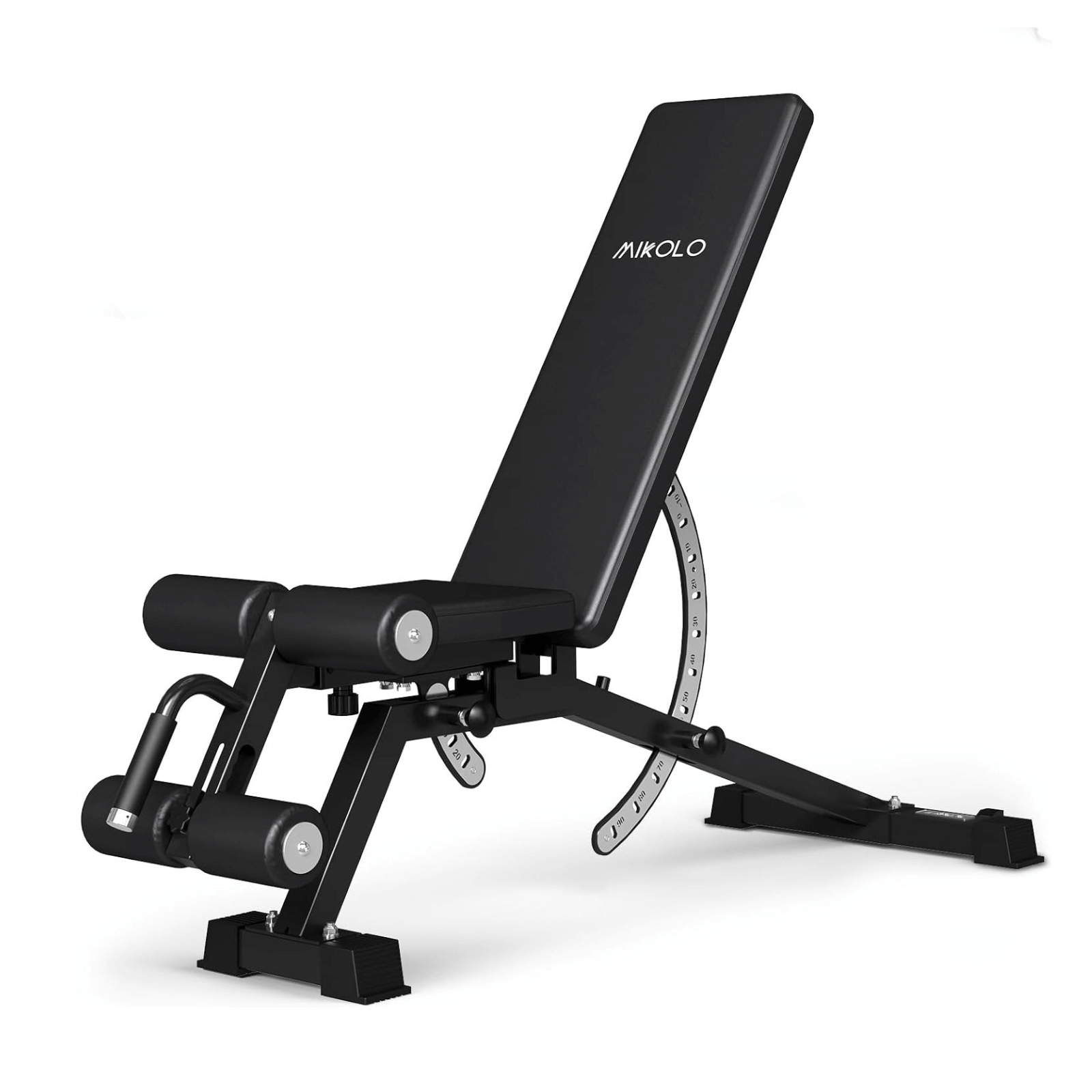

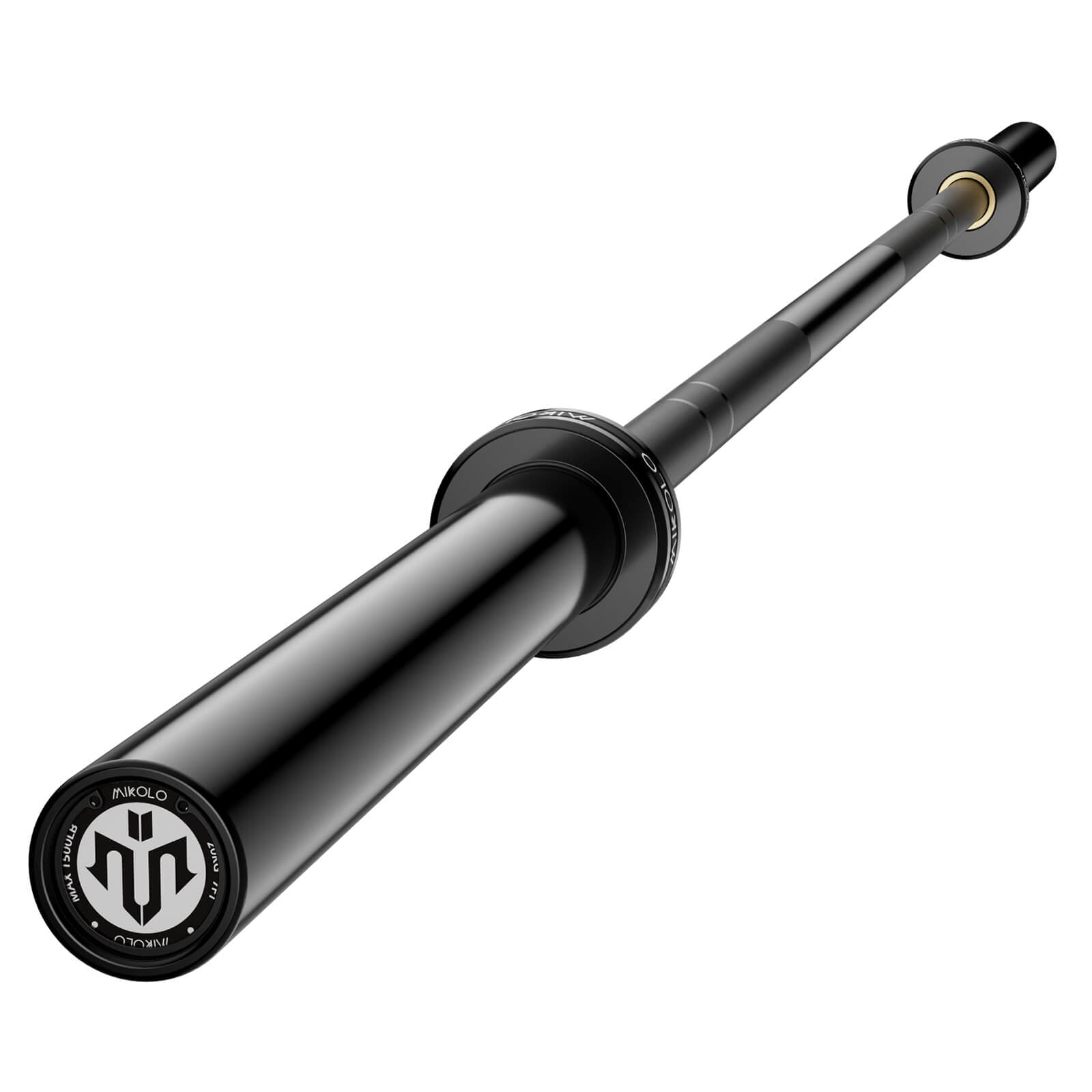
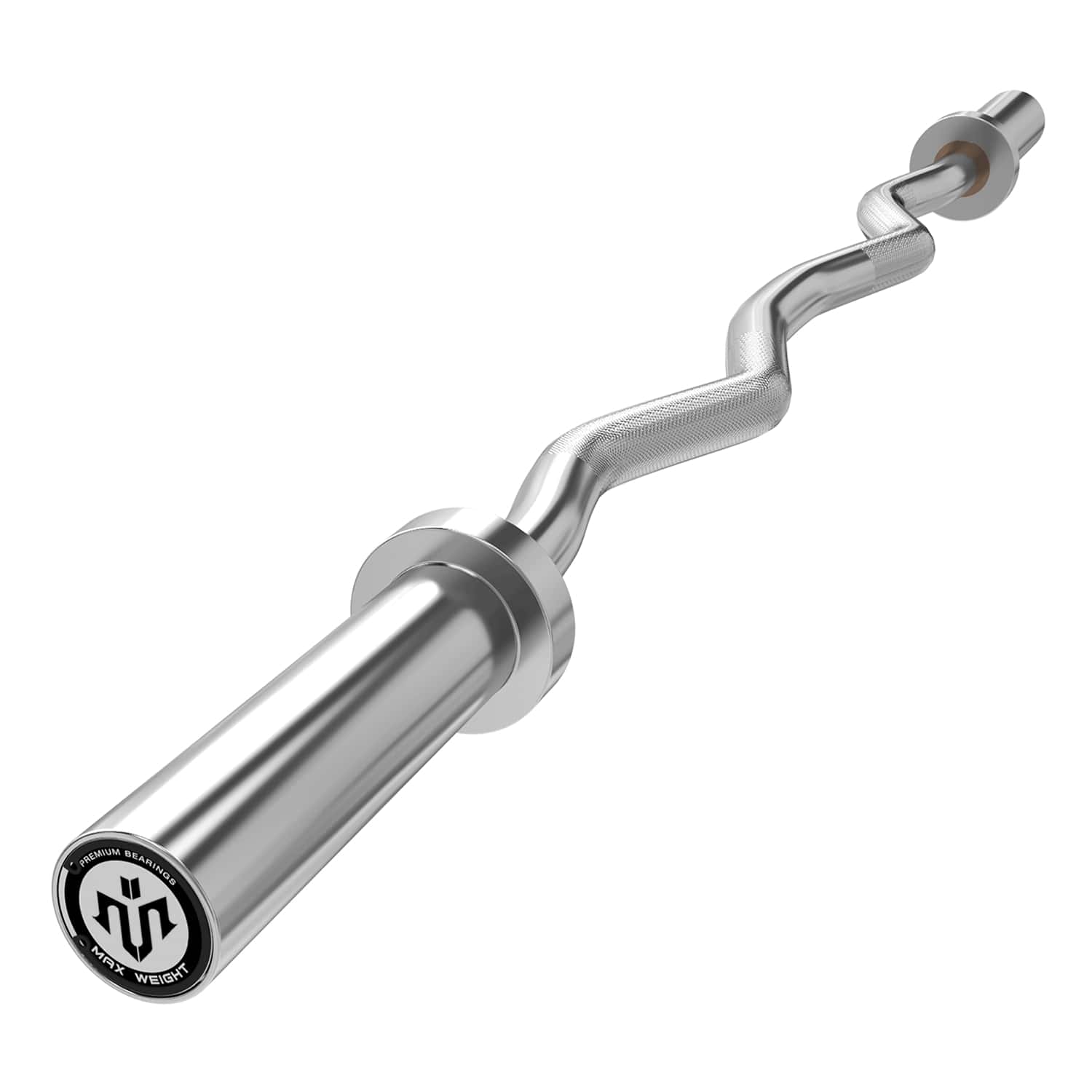

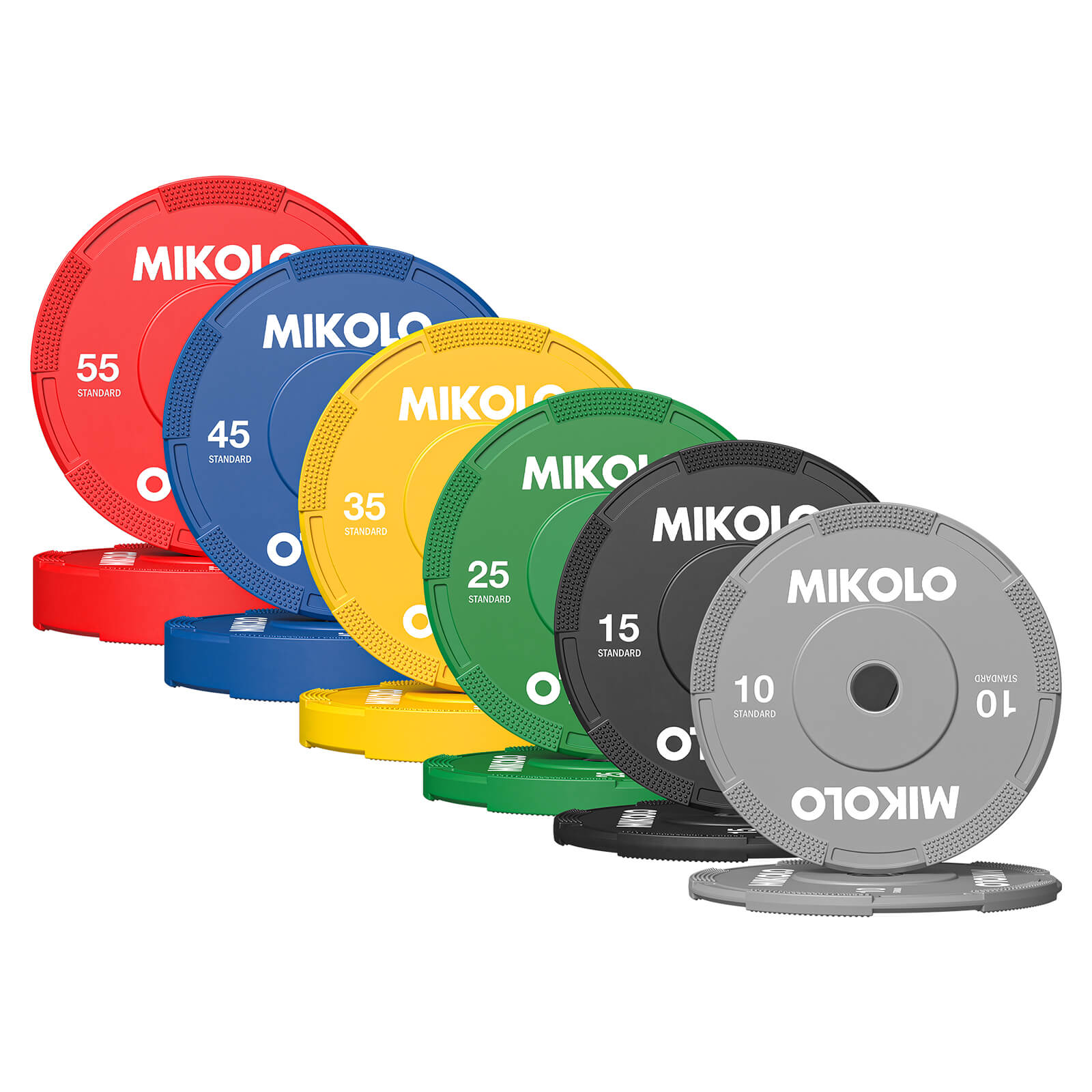
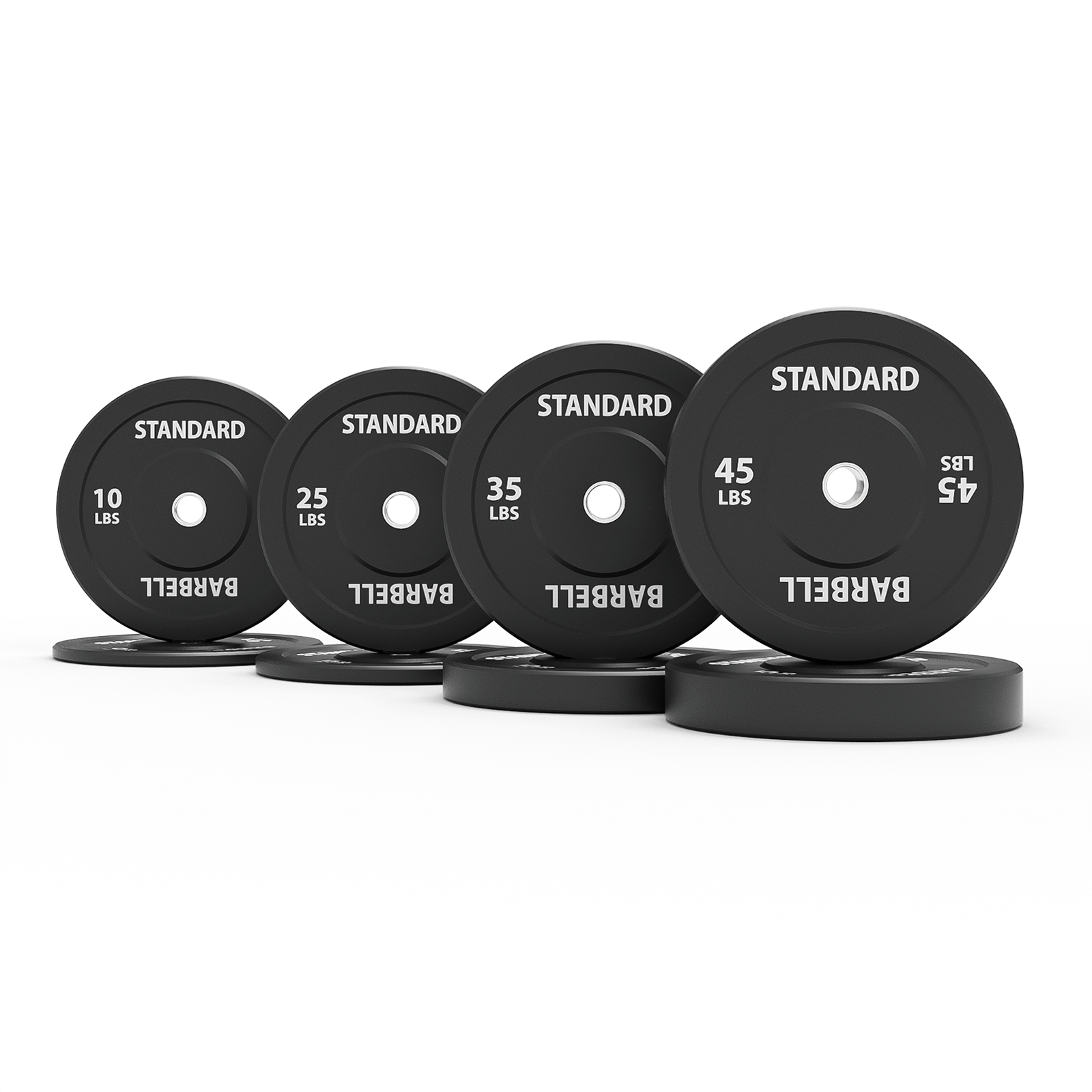
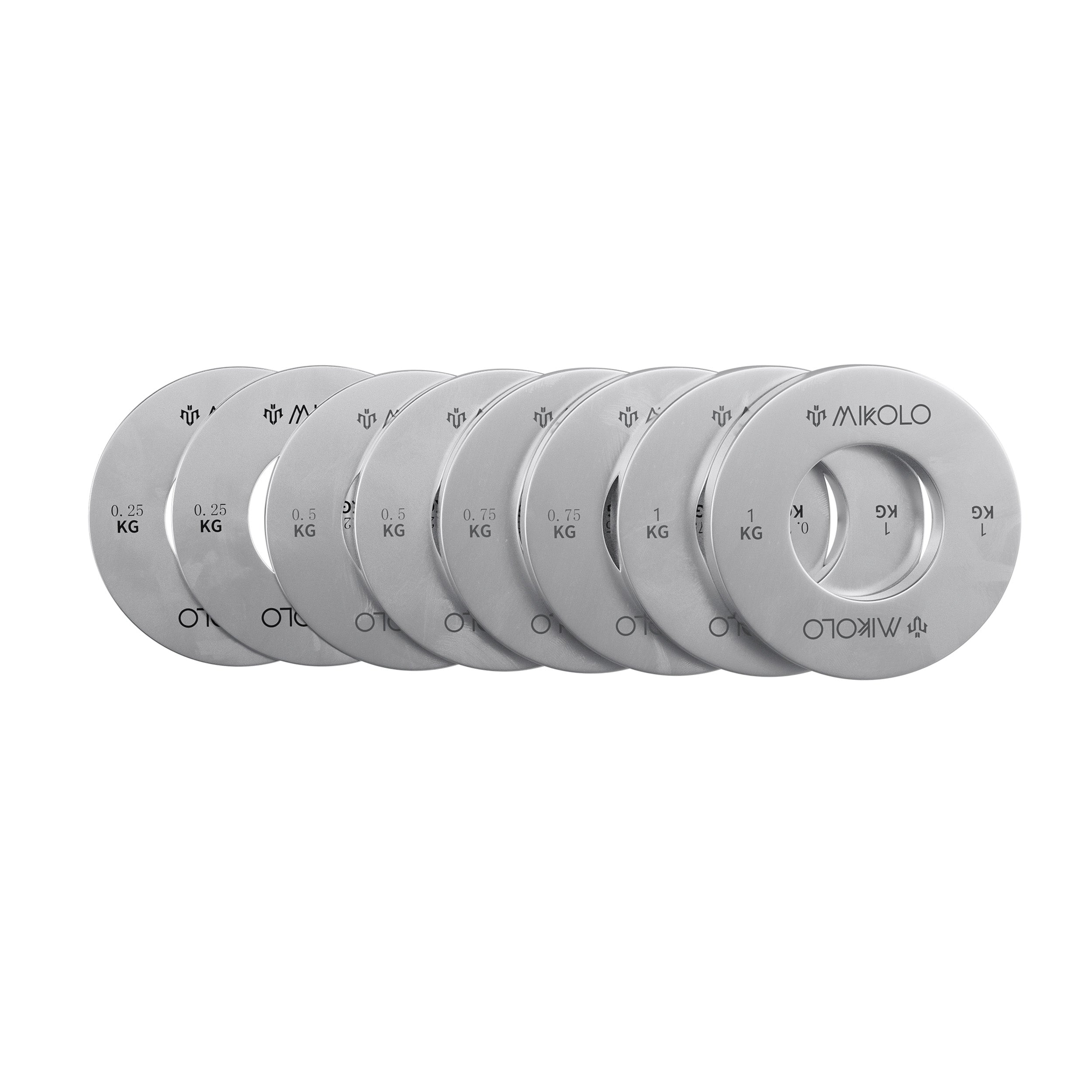


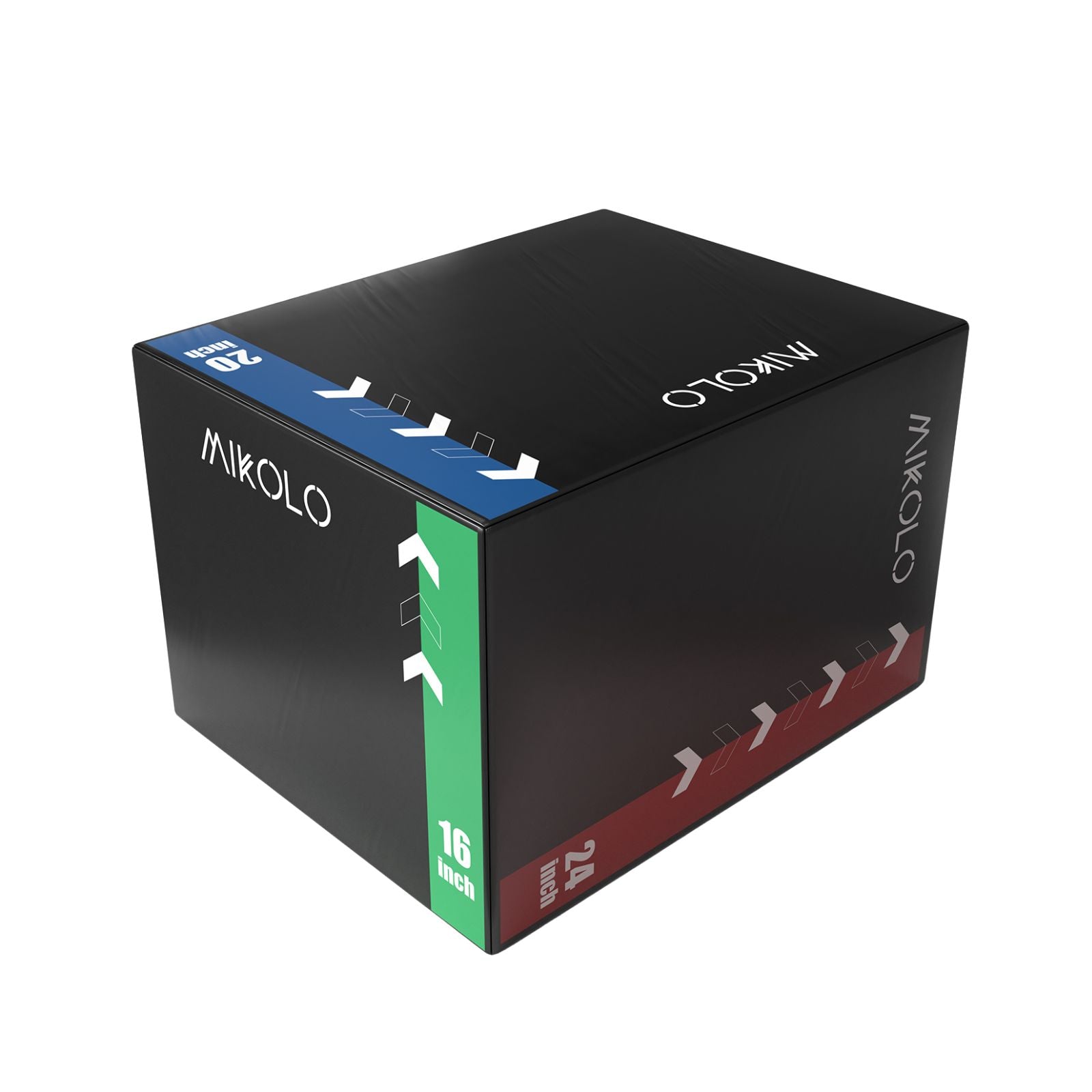
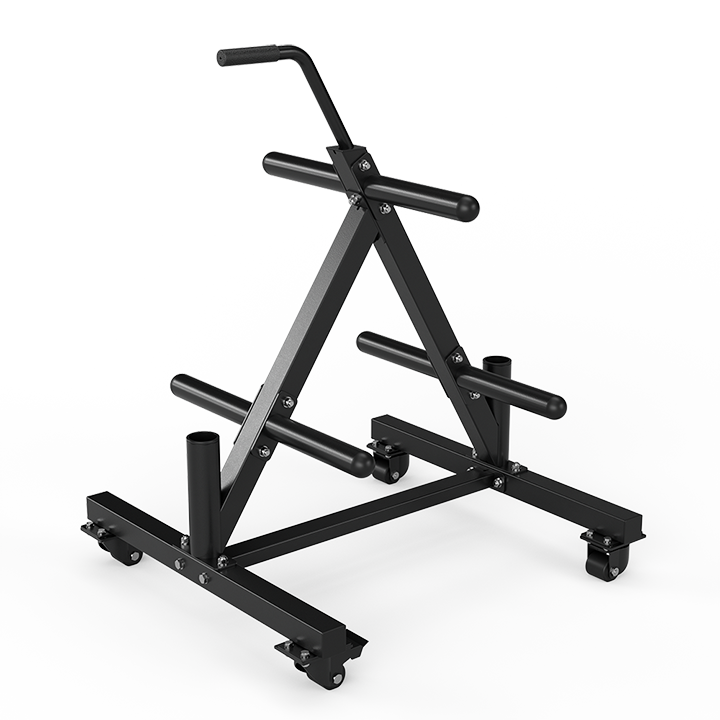





Leave a comment
This site is protected by hCaptcha and the hCaptcha Privacy Policy and Terms of Service apply.